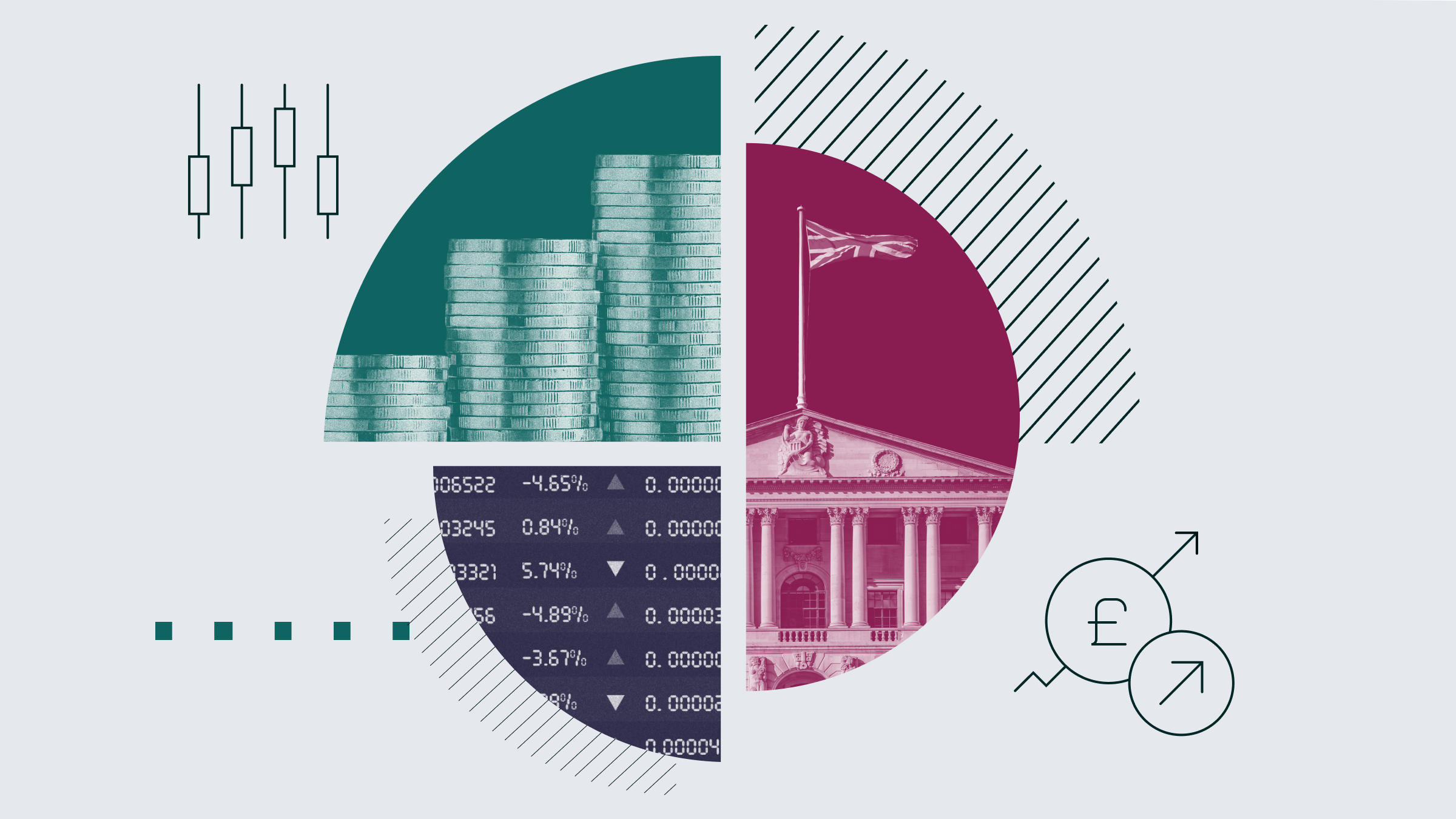The loss of global growth momentum in the early part of the year was confirmed by disappointing news from the world’s two largest economies, the US and China, that together account for 40% of world output. Much of the softness in US growth was attributable to the severe winter weather while China is contending with both a cyclical and structural slowdown.
Amongst other major economies, continued improvements in the euro area and a strong first quarter GDP report in the UK suggest growth in the developed economies is gaining momentum. Overall though, global first quarter GDP growth is estimated to have slumped to around 2.4% a full point lower than in the last quarter of 2013. Of this, developed markets look set to record growth of around 1.5%, compared to 1.9% in Q4 and 2.9% for emerging markets, compared to 4.9% for the previous three months.
Despite this setback, hope springs eternal that a global recovery is on its way, although headline GDP in Q2 will be compromised by a contraction in the Japanese economy sizeable enough to ensure that attaining above trend global growth will not be realised before the second half. As for the full year, despite UK and euro area forecasts being raised once again, the Q1 downturns in the US and China were sufficient to lower 2014 GDP forecasts for developed economies, emerging markets and the world.
The following table shows the latest consensus full year estimates from a number of the leading investment houses:

Following a 3.3% pace in the second half of last year US GDP growth slumped to just 0.1% in Q1. To a large extent, this reflected the effects of the severe winter weather but also the unwinding of earlier supports from inventories, business spending and net exports.
Both consumer and business spending have recovered strongly in recent months and, together with a strengthening labour market, Q2 should record a sizeable GDP rebound, despite a lagging housing market. Overall, commentators remain resolutely upbeat on the economy over the balance of the year but the scale of Q1’s downturn has led to full year forecasts being lowered to around 2.5% from 2.7%.
The euro area is expected to produce the largest contribution to the advance in global growth this year, alone adding nearly 60% to the increase as EU GDP rebounds from last year’s contraction. Buoyant data has led to another increase in Q1 forecasts with the average rising two tenths over the month to 1.4% quarter over quarter annualised, and even this may prove an underestimate.
The recovery has continued into Q2 and the latest composite PMI is at a three-year high with Germany, Italy and Spain all strengthening but France lagging. With the German economy some 30% of euro area GDP, its acceleration in recent months and further upward revisions to growth forecasts could potentially result in a stronger than expected outturn for the region this year.
UK GDP growth forecasts have been revised higher every month this year and the Q1 figure just reported, while slightly below consensus, was a very healthy 0.8% quarter on quarter growth. On a year over year basis, the economy grew at 3.1%, its fastest rate for over six years. First estimate detail is sparse, as GDP data is only available on an output basis, but underlying growth appears to have been somewhat stronger as both mining and utilities contracted and construction data could well be revised upwards.
Recent survey data has shown no let up in the pace of advance and is indicative of even faster growth in Q2. Full year forecasts were raised again during April and the consensus now expects 3.0% growth.
Given the “noise” generated by Japan’s consumption tax hike, economic trends are exceedingly difficult to divine. Naturally enough, “boomy” consumption in Q1 will be followed by far weaker April reports although the likely severity of the anticipated Q2 contraction was lowered over the month to an average forecast of -3.3% following expected 4.0% growth in Q1.
Even so, there is still considerable uncertainty as to the depth of the decline and equally how swiftly a rebound materialises. Corporate sentiment indicators such as the Tankan have held up, but a clearer picture of underlying economic trends is unlikely until Q3/Q4.
A poor Q1 GDP outturn had been forecast for China and was duly delivered. On a y/y basis Q1 growth decelerated to 7.4% from 7.7% but the real weakness was shown via the 5.9% q/q s.a.a.r. figure, far below Q4’s 7.6%. To a large extent, this reflected the impact of ongoing industrial sector overcapacity problems, credit tightening in the latter part of last year and the effects of the authorities’ reform programmes to counter corruption and pollution.
Q1 is likely to be the worst quarter of the year and a gradual recovery is generally forecast from Q2 onwards. A better external background, planned infrastructure investment and other recently announced pro-growth measures should see growth approach 7.0% in Q2, although the full year consensus figure was lowered slightly to 7.2%.
Macro policy fine tuning is gaining momentum both in terms of economic and financial measures and “stable growth” remains the prime objective according to the latest Politburo meeting. No major new programmes are anticipated, but a whole range of targeted policy adjustments and initiatives are underway.
Unsurprisingly AP/EM is a very mixed picture and not just because of internal developments. Exposure to the Chinese slowdown and the expected DM upturn vary enormously from country to country. Weakness is being experienced and continues to be expected in Brazil and Russia while Asian NIEs, such as South Korea and Taiwan, growth of 3-4% this year and next is forecast.
EM PMIs are hardly comforting, however, with the April data (which includes China) showing near-stagnation levels for the second consecutive month. In essence, much of EM is suffering from the inflationary effects of currency weakness and the monetary policy response is stifling domestic growth. Those that export to accelerating DM economies can at least be relatively optimistic.




























